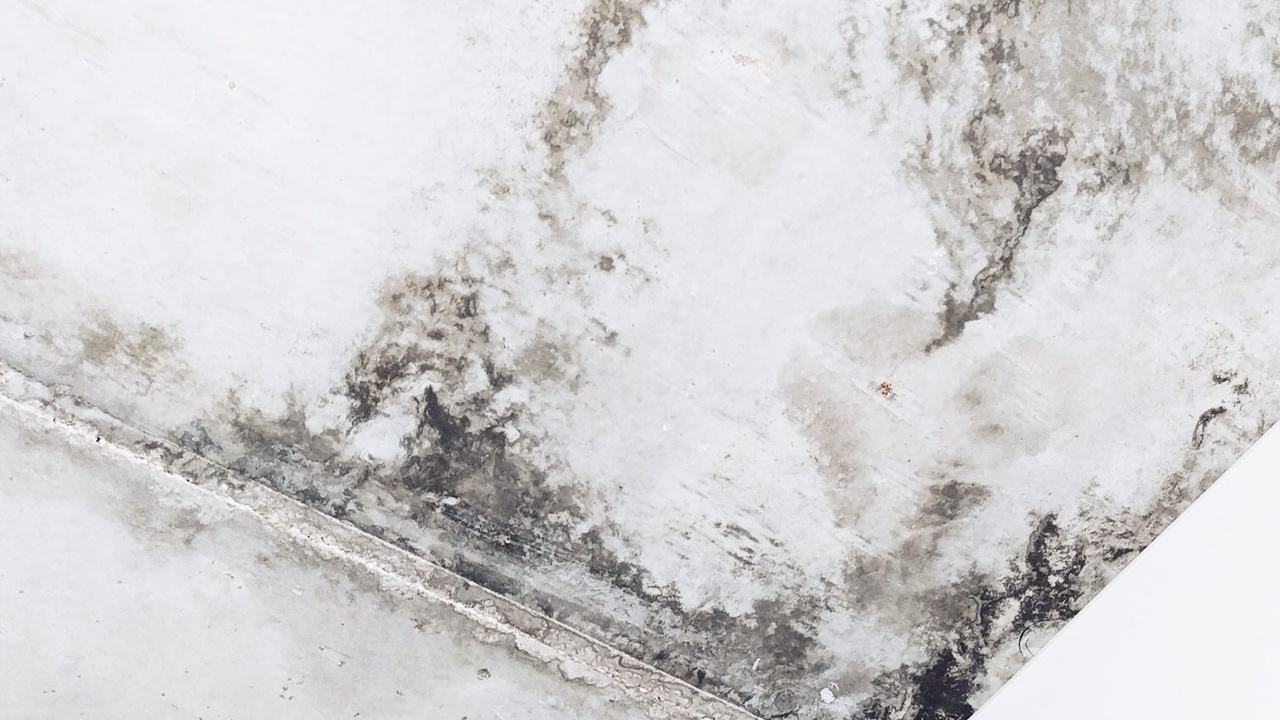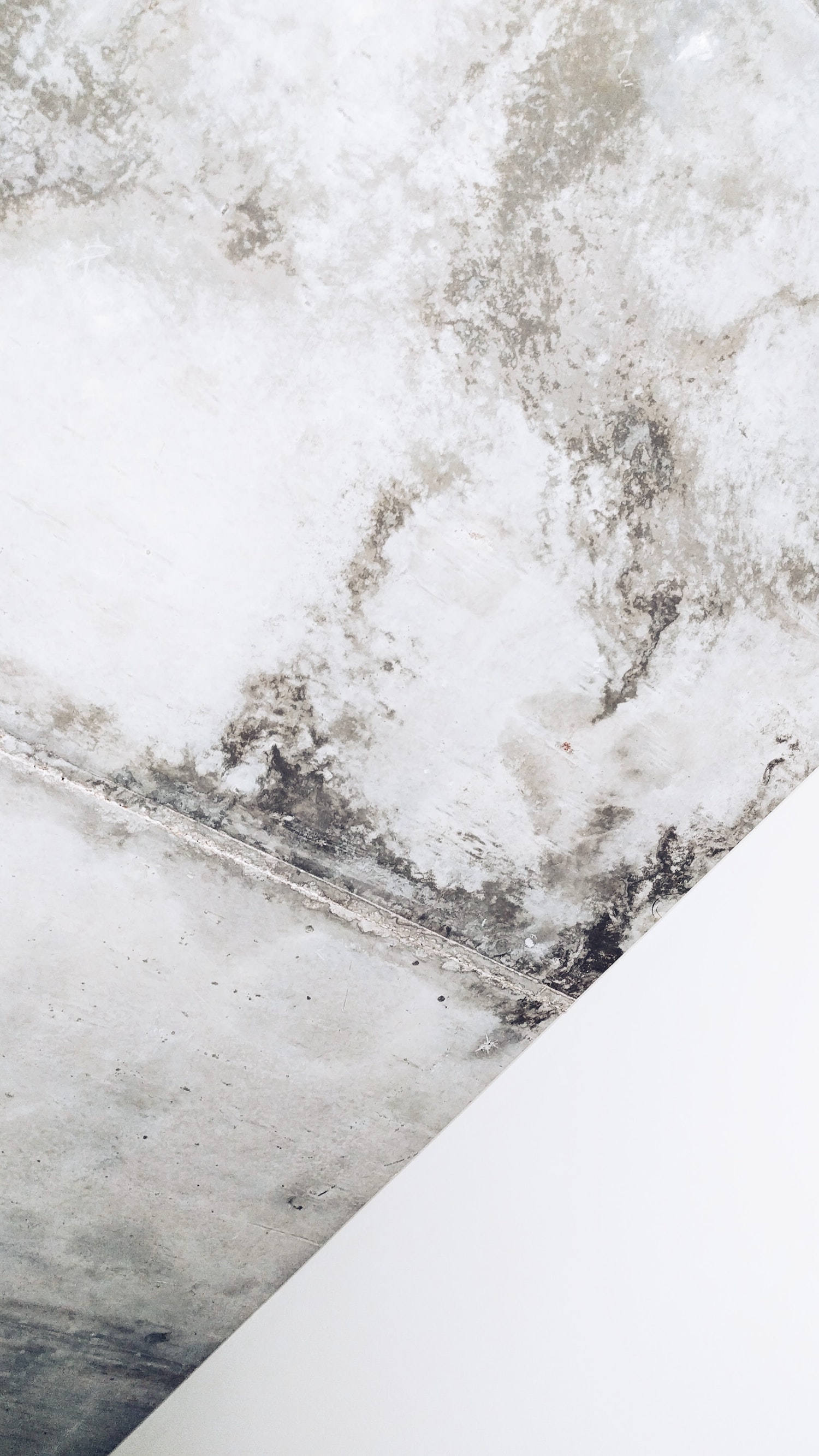What Does Black Mold Look Like? Identify Potential Toxins
Sep 27, 2022
We interact with mold in so many of its forms every single day. From “good” molds like penicillin and stinky cheese to the mold that grew in the old lunch container that rolled underneath the driver's seat. Understanding the risks associated with specific mold types can make a difference in health outcomes in the spaces where you spend most of your time.
How to identify black mold in your home or building
If you know anything about mold, you understand the endless concern for homeowners and property owners. And if you don’t, we can help bridge the gap to provide the proper educational resources you need to practice mold safety and awareness.
How to tell if black mold is harmful or toxic
There’s a lot of debate about the harm and toxicity of black mold. So understanding it from the inside out can provide the necessary context to help you identify if there’s a growing black mold concern, and the impact it may have on those with mold sensitivities, a mold allergy, or respiratory issues in that space.

Black mold presents itself with an almost greenish hue, spreading in attics, as well as basements, kitchens, and other dark, humid places. Remember, there is not a single color or mold type that should be living inside any building. So regardless of the perceived severity and endless debates about toxicity, all mold types inside of a building need to be eradicated.
What does black mold smell like?
If you’re curious about whether it’s safe to use your olfactory system to locate mold, you’re not alone. Identifying smells of mold can be tricky, especially in a mildew heavy area like a leaky basement corner. Black mold has an earthy, musty smell to it and can be compared to the odor that rotting vegetables or plants give off as they decompose.
Why and where does black mold grow?
Black mold growth occurs during the high moisture content shift from a water leak, flooding, condensation, or other water damage. Black mold will often grow on basement walls, cardboard, paper items, and high cellulose content items.
What black mold needs to grow
Mold is a special type of fungi that has so many characteristics. It requires water, oxygen, and food in order to grow in an environment that fosters its ideal survival temperature range. Since mold is not photosynthetic, it does not use light to generate energy.
Where black mold is commonly found
There’s nothing quite like the guest that’s overstayed their welcome. And the top contender on that list is black mold. You can find black mold on bathroom walls, kitchen cabinets, wooden furniture, and even on old wood trims in basements.
Why mold thrives in and on wood
Mold loves to consume. It grows almost exclusively on materials that allow it to digest and expand as it spreads throughout a surface. Items that contain high levels of dust, dead skin cells, and similar nanoparticles are considered food to the mold. And since wood is incredible at absorbing water– mold spores, which are constantly traveling through the air atmosphere, latch on to the humid, warm temperatures in its environment, creating a fungi haven.
Removing black mold and the cause of growth
Removing mold requires the right set of materials, knowledge, and resources. The less you know about the mold situation you’re dealing with, the more susceptible you become to certain health problems, making the problem worse due to your lack of knowledge on the subject.
Find out what is causing mold growth
There are so many cause-and-effect situations that could create the perfect environment for black mold to thrive. But it often takes more than just a visual observation to understand the nuance and lesser-known causes of the spread of black mold. Knowing the root cause is a good place to start, but the endless variables in your home and often similar mold types make for quite the challenge in pinpointing the exact cause. With a little training, you can learn to diagnose mold growth origination and teach others best practices.
Why you need to hire a professional for mold removal
For the most part, living in the era of DIY has been empowering, especially during the long periods of downtime we’ve had over the last few years. Mold remediation professionals possess the complex knowledge and strategy for the necessary and safe eradication of black mold from your home or building.
NIAQI offers mold assessor and remediation courses
If you’re ready to expand your knowledge base and offer your own services to begin your business, this is the perfect place to start. With mold assessor and remediation courses, you can diversify your skillset and become an asset in an industry that will always be in need of more people. If you’re ready to get started with your mold remediation journey, head on over to our website and take a look at our current course calendar.
Get mold industry news and updates from NIAQI.
Join our mailing list to receive the latest news and updates from our expert mold instructors.
Don't worry, your information will not be shared.
We hate SPAM. We will never sell your information, for any reason.


